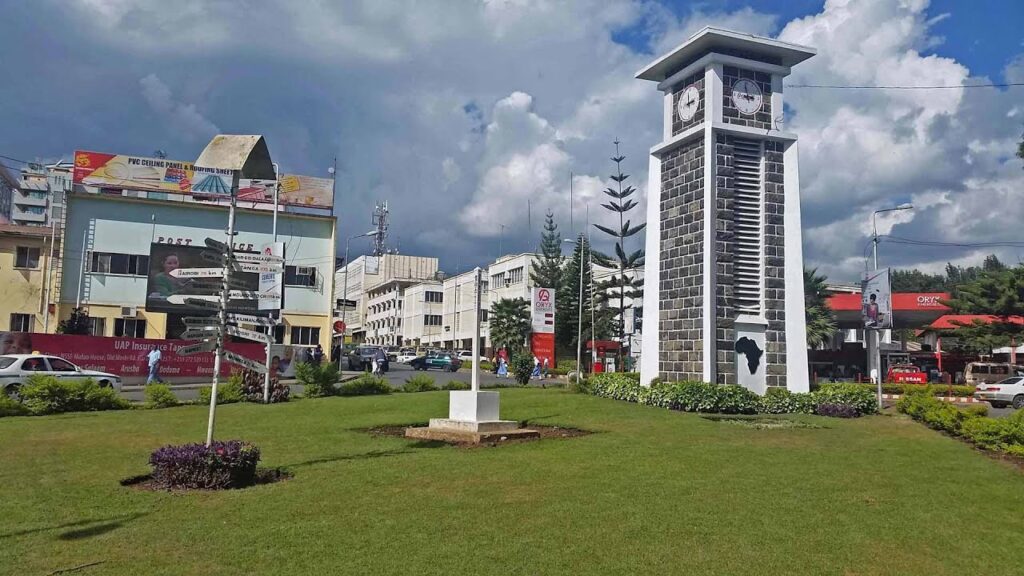During the colonial period, most tourists visiting Tanzania were big-game hunters. Since World War II, increasing numbers of tourists have come to see Tanzania’s flora and fauna. In the years following independence, the Tanzanian government made little effort to encourage foreign tourism. This policy was changed in 1977, and the Tanzania Tourist Corporation (TTC) launched a campaign to attract foreigners. As part of the plan, two major tourist regions with hotels and lodges were established. The northern region is the more popular, comprising Mount Kilimanjaro, Serengeti National Park, Selous Game Reserve, Ngorongoro Conservation Area, Lake Manyara National Park, and some 20 lesser parks and reserves. In these areas, tourists can enjoy hunting, fishing, game viewing, photography, etc. The coastal tourist region includes Dar es Salaam, Mafia Island, Zanzibar, Mikumi National Park, and the Tanzanian coastline. The Kilimanjaro International Airport, located between Moshi and Arusha, links these points of attraction. Other tourist attractions include the Rift Valley, Lake Victoria, and Lake Tanganyika.
In 1994, the Tanzania Tourist Board replaced the TTC and was given the mandate to make Tanzania a more attractive and competitive tourist destination. The Tanzanian government’s decision to open tourism to private companies and investors has also helped to revive existing tourist facilities and to attract international hotel chains. These changes are expected to increase the income from tourism by 500 million US Dollars.
Tanzania has 3 categories of Destination
- Nothern Region
- Southern Region
- Western Region

